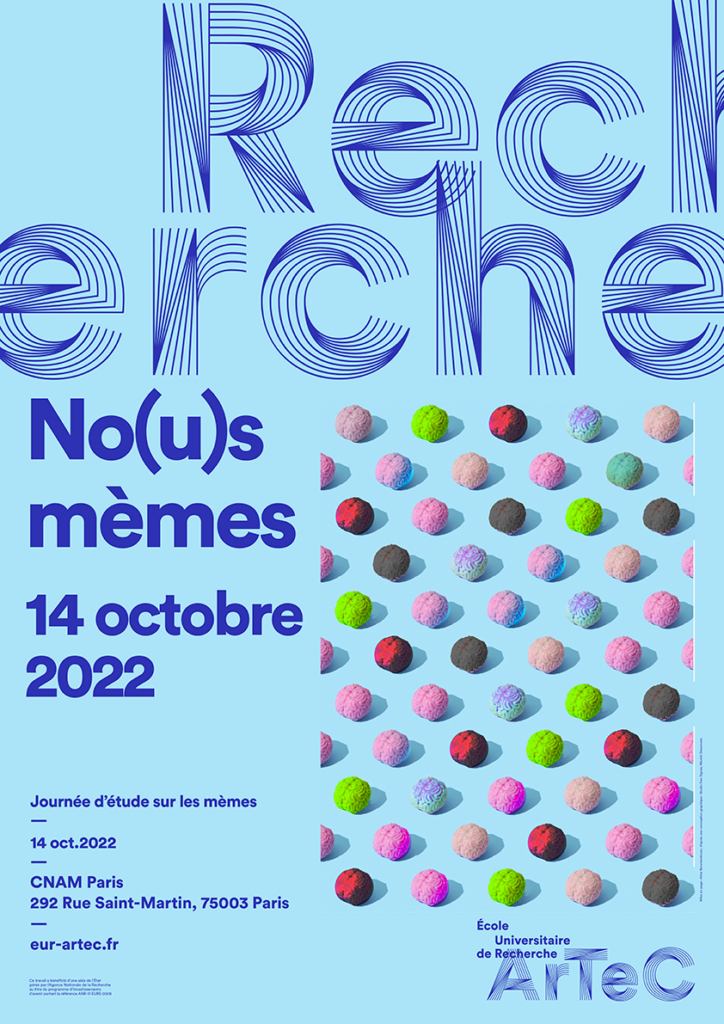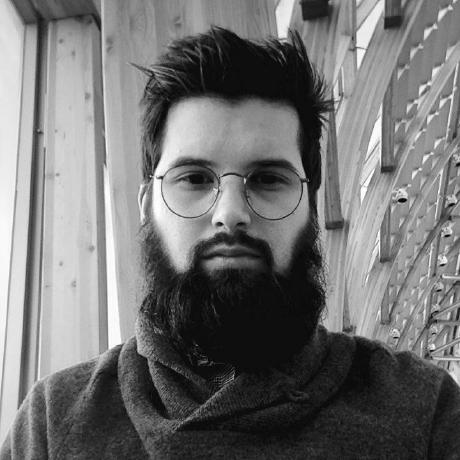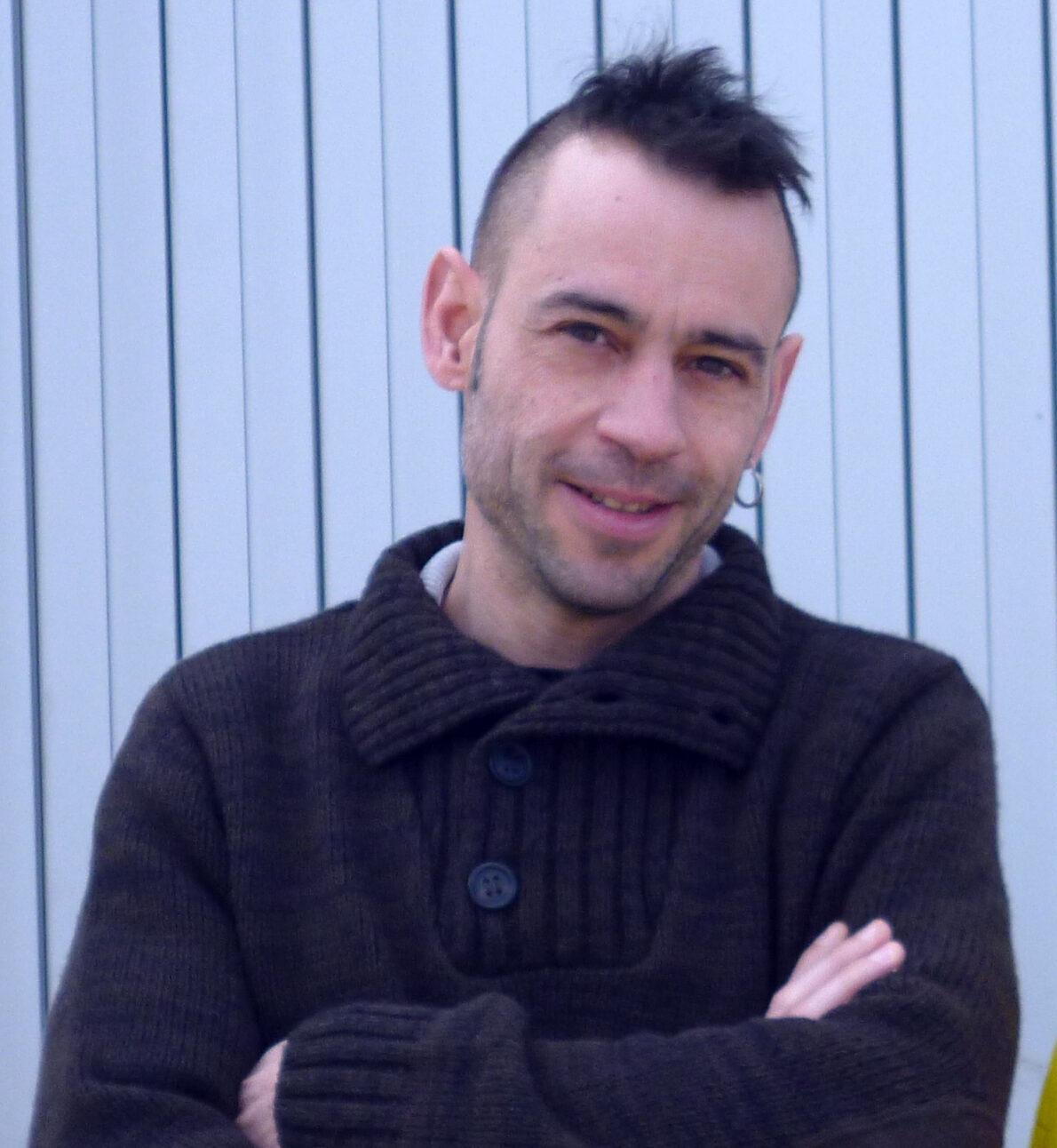In this dense interview, Irene de Togni, Lucas Fritz and Fabrizio Defilippi, three of the organizers of the seminar No(u)s Mèmes, talk about the notion of meme and its implications as an academic object.
Élie Petit: You made a point of doing this interview as a three person group, which already says something about the collaborative form and the meme object, which you will study during the October 14th event No(u)s mèmes. Can you first introduce yourself and your research topic?
Irene De Togni : I am beginning my fourth year of thesis in information and communication sciences at the University of Nanterre. My subject is about digital writings. I use methods of analysis derived from language sciences that can be applied to what is called screen writing, especially on the participatory web. My specific field is on platforms of cultural critique. I analyze above all the form of the list as an intellectual technology of arrangement, classification, prescription, etc., and the way in which it develops. And the way in which it develops and intersects with the relations between forms and power.
Lucas Fritz: I am beginning my third year of a PhD in communication sciences and sociology. My current topic is anti-psychiatric protest movements, which I am developing by studying the social movements of neurodiversity – movements led by people who most often identify themselves as autistic and who militate for the recognition of autism as a difference and not as a pathology. Through sociology and info-com, I look at how this concept arrives in France in scientific and lay circles, and the place of digital social networks in the articulation of these discourses.
Fabrizio Defilippi: I work between information and communication sciences and philosophy. My thesis deals with the question of technological imaginaries of the future. I am conducting both a theoretical work on the question of the imaginary, this set of representations, affects, intentions that constitutes a horizon of meaning for society. More precisely, I am interested in the role of technology within these imaginaries. Indeed, we find in the collective imaginary a series of expectations and also fears around the new technologies and their role in the making of the society that will come. Empirically, I study these imaginaries in political discourses, especially in contemporary political discourses on technological innovation. I am the coordinator of this study day entitled No(u)s mèmes.
EP: Where did the idea for this day come from?
FD: The idea of this day comes from a long time ago, from a debate that took place between us around this object, which are the memes. We were talking about it on a personal, individual basis, in the laboratory offices because we are consumers of memes. We often followed the same pages on Facebook or Instagram, both Italian or French or English. There was a set of exchanges between us ironic, humorous. Slowly, it appeared to us that it also denoted a more theoretical, scientific interest in this object, in its mysterious nature. Half seriously, we talked about organizing a day with two other PhD students from the University of Paris 8, Gabriele Stera and Adrien Péquignot. We then started to read articles and books on memes, to follow communications and online conferences on the subject. We answered a call for projects from the ArTeC research school, requiring collaborative projects between PhD students. Like a meme, it started with a laugh and then became a more and more serious object of reflection.
EP: This conference should allow us to see more clearly what memes are, how they are produced, who produces them and what effects they have on their consumers and their creators. What can be said about the origin of memes and the definition that could be proposed for these objects?
LF: The meme is part of a particular history of digital technology, that of the participatory web: the injunction to participate in social networks, the democratization of participatory tools, software, smartphones, etc. It is also part of a rather particular cultural context where the notion of reaction becomes central – where the construction of platforms encourages us to react and to make others react – and where we are witnessing a growing place for irony. It is also part of a rather particular cultural context where the notion of reaction becomes central – where the construction of platforms incites us to react and to make people react – and where we witness the growing place of irony, of sarcasm, of humor, in acts of communication that are nevertheless very serious, as in politics for example. We were interested in seeing how participation in these online political and cultural spheres is also conveyed through forms of humorous engagement, visual jokes, image hijacking, etc. This is a modality of participation that is not only a means of communication, but also a means of communication. This is a particular modality of participation. Richard Dawkins defined the meme long before the Internet – as early as 1974. He defines it as a cultural element that spreads inter-individually by copying or imitation. So there is also the question of the conditions of propagation of these jokes, with this notion of virality, of what reproduces itself through us without our approval. Finally, this object questions the level of individual involvement in political controversies when, through memes, it is our intimacy that is engaged. With this day, we hope to bring out a new state of dialogue between the intimate and the political in the digital age.
IDT: The meme is also an element of everyday digital writing, very trivial and very democratic.
EP: Collaborative practice is going to be the focus of the day. The formats respond to this self-imposed imperative. You have also decided to join actors of the meme scene. Who are these actors and what do you expect from their meeting?
IDT: To go beyond the classical format, to bring something else in addition to the interventions of the researchers consisted for us in organizing a round table with the actors, whom I met during a field survey, among French-speaking pages. There will also be creative workshops. This survey aimed to understand, through a dozen interviews, the actors who are behind the meme factory and their diffusion. We focused our attention on the so-called Neurchi pages, these Facebook groups that are somewhat at the origin of the memetic creation movements. We wanted to interrogate the background of the meme, the faces, the sociological profiles, the paths.
EP: What are the first results of this survey? Is there a particular sociological profile or life path that leads to being a meme producer? Are we all equal with regard to the production of memes, or are some people particularly inclined to produce them?
IDT: As far as the age range is concerned, we were not surprised: we had very few profiles over 25 years old. Facebook, as a device, was key for the dialogic, incentive, exchange dynamics. The profiles emerge from a collective dynamic that is established within these Facebook groups. There are many students who are often interested in metadiscursive research and some, like us, are in the process of preparing for a thesis. The survey is not sociologically broad enough and our selection played a role. We wanted to observe the groups that had postures, artistic reflections. In connection with the themes of the day, we were interested in the meme as a form of artistic and reflective expression. There were for example Neurchi of abstract meme, neurchi of misfit templates(1). They proposed from their titles of metadiscursive reflection on the meme. It was therefore not surprising to meet there students of art history or some who were already practicing other forms of artistic expression or political engagement.
EP: The name Neurchi (slang reverse word for chineur: digger) would seem to indicate that they are places of aggregation of memes found on the right and left. Instead, we see that they are rather the place of an incitement to creation in the theme proposed by the group.
IDT: At the beginning, the principle was really to regroup. But what we observed was a real dynamic of collective creation, including even postures of creative reception, evaluation, participation of the public in the “canonization” of memes or memes in the form of a plebiscite in certain cases. The collective and collective context specific to the digital device proved to be essential.
LF: It depends! Postures vary between aggregation, moderation, moderation-creation. I don’t have the impression that we have found a typical moderator profile. All the members are rather young and at ease with digital technology. But the conditions of diffusion differ. As for the motivations for creating memes or moderating pages, there are various triggers: a break in a life story (period of break-up, unemployment), a surge of enthusiasm following a news item that is not covered enough in the media, and even more meta things such as a more general reflection on digital technology and its humor.
EP: What do you mean by dialogical?
IDT: Dialogical means that we create to communicate something to someone, to share it. The making of the meme is a networked, collective communication process. It would be rare to create memes to keep them only for oneself, in a personal archive.
EP: It is also a way to get an appreciation of one’s own humor, especially when a group becomes a meme contest.
IDT: Yes, we find dynamics quite similar to those of other popular art forms, such as hip-hop or street art: communities actively intervene in the processes of affirmation of an artist via elective forms. The public and community sharing dimension of the meme is extremely important, as well as the role the meme plays in the community (commenting, relieving, discussing, creating sharing).
EP: Speaking of creation and yet another rather innovative format, there will be a “living creation” workshop with Chiara Bucher on this day that you have called Living Meme. What will this consist of?
FD: This workshop starts from a reflection: the meme is often based on daily experiences and they often take personal photos as a template. For example, when I talk about my thesis, when I talk about my moments of difficulty, I create memes about ourselves. We then become the living material of memes. We experience this blurring of the boundaries between reality, production and consumption of memes. In this workshop, starting from this reflection, we will push it further by making our bodies living memes by extracting them from their digital context and even from their material dimension. We will try to think the same in a different way, to perform it, in its repetitive and transformative aspect, with Chiara Bucher, who will bring her experience of theater to create living pictures, ephemeral living memes.
LF: What will be attempted through this workshop is to break the 4th wall. It is to break the idea that memes simply live on the Internet. If memes exist, it is because life itself, in its everydayness, has become memifiable. We repeat and perform roles, social situations that become clichés of themselves, these are the real objects of memes. Our interest in this subject as doctoral students is no accident: a number of the situations we experience as doctoral students are both exciting and absurd. Our youth and the expectations that people have of us in terms of expertise and knowledge transmission are sometimes beyond us. Talking about memes also allows us to understand where we stand, to talk about objects that are as contemporary and youthful as we are. It allows us to reflect, through them, on the sometimes humorous tensions of the academic context in which we produce and reflect them… I experience it that way.
FD: This is not only the case for researchers…
EP: This question transpires in the presentation. The appeal to cynicism, to irony, to sarcasm in fact, questions. The daily, derisory, disillusioned aspect of the meme at the same time as its commitment questions. But let us go back. An object that would allow us a comparison and identification of the meme could be the press drawing. We find there the sarcasm, the lightness, the interpellation and the necessary affinity of the reader with a context. How do you compare them?
FD: I think that there are common points, indeed. The type of irony used by the press cartoon and the meme requires to answer to precise rules in relation to the public. The meme, on the other hand, can circulate virally and reach very heterogeneous audiences. Nevertheless, memes often emerge in a precise context, from a Neurchi, from a group, from a page whose members know the context and the ironic code that allows to understand the proposed production. To blacken the basic picture. The fundamental difference is that the press cartoon has a precise author, while the meme often emerges in an anonymous way. In the group, it is often known who published the meme, but depending on its viral aspect, there is a lack of claim of authorship of the meme. Moreover, in comparison to a press cartoon, the meme must be able to transform itself in order to circulate and make sense.
LF: One could add to that that the meme would be a press drawing that would make fun of the press itself, or of the media. Most of the images in memes, when it is a detour of images, are taken from the media. Memes also make fun of the way the audiovisual media, and especially television, dramatize the image to capture attention.
FD: Researchers are now establishing genealogies of memes, for example by showing the similarities with press cartoons or other ironic and satirical pre-digital forms. For the meme, we are closer to the oral joke. And like the joke, often we don’t know where it came from, how it evolved, how it took on local, national, contextual hues.
EP: The subject of the meme also seems to propose something other than that of the press cartoon. There is a reflexive aspect to it, collectively reflexive and at the same time, individual, which press cartoons do not offer much. In what way do they speak about each of us and what we have in common, collectively?
IDT: The particularity of the digital support is its democratic aspect, of “heterogeneous synthesis”: There are not necessarily limits on what it is possible to memorize. It is really open. It allows an appropriation and a self-reflection, a writing of the everyday.
LF: It’s a bit perverse, a meme, a bit dark I would say. We like it and we circulate it a little for an unconscious reason, in response to a hidden force. We never fully know why we like it and why we share it. Of course it makes us laugh but that’s not all. We must not forget that a meme is an object designed to be duplicated, and to circulate among a maximum of individuals. It is the result of a high technology. I agree with the comparison with the press cartoon, the misappropriation of images, the satyre etc. but it is a press cartoon that would have eliminated its cultural referential so much that it could refer to almost everyone. It’s not for nothing that many memes are based on a “stick man” aesthetic or on images of cats. These are the visual elements that are most frequently repeated across different cultural and political contexts – even the most contradictory ones. In this way memes are quite perverse.
FD: What do memes say about us? I will bring here the notion of social imaginary. This day makes the hypothesis that memes are vehicles of social representations that allow shared meanings to emerge within communities. Through memes, we come to see ourselves, or to see practices, ways of life in which we recognize ourselves. They are an ideal empirical pop object to study this set of ephemeral representations, they allow us to see what we would otherwise have difficulty in spotting, sometimes perverse or unmentionable in the ways of life or in everyday life.
EP: How does the meme position itself, between this revealing and vehicle of sharing of unmentionable thoughts, of communion in the social imaginary, while keeping a community aspect? Is it not a form of private joke, diffused within a group, at the same time including and excluding, speaking with the same impulse to a common which is also claimed as private by the contextual affinity necessary to its understanding?
IDT: The meme lives, like the objects of the web, in a certain framing. There are dynamics of standardization of its form that are always in progress, if we think, for example, of the extent of the communities that follow meme pages today, or of meme-generating software available online in free access, or of pages with an encyclopedic aim of repertory and commentary on memetic frameworks such as Know Your Meme. There are frameworks, tones of humor, and contexts of circulation that are more or less canonized today and that make it possible to identify the “meme” form. The imaginary is however filtered in a specific way and the meaning conveyed is taken in an irony or an abstraction which is understood. The game between private joke and accessibility becomes more complex if we follow these dynamics of standardization and diffusion of the form as they have evolved recently.
LF: I think it’s a game above all. It is very much like a haiku. A haiku is very good when the message is both very situated and very universal. The recipe for a good viral meme. Also, you have to keep in mind that not all memes that fail, i.e. memes that remain at the stage of private communication, on WhatsApp, on personal pages that no one likes etc., are viral. There is no answer to this question, it is the mystery of the same that work. They manage to be both situated in a very personal experience and at the same time to say something very universal.
FD: To go back to this tension between inclusion and exclusion, we have to go back to the genesis of memes, in niche forums like 4chan or Reddit, in which there was and is a real desire to distinguish, which was played out in the fact of making memes that were not necessarily accessible to everyone, but which allowed certain online communities to distinguish themselves and to recognize themselves, to convey, also, certain meanings, certain political messages, sometimes problematic, in which the members identified themselves. From the beginning, there was this will to speak and include while excluding the greatest number possible. Since the passage of these platforms to others, more general public, there has been a process of normalization of the meme with a standardization, which sometimes allows a greater number to understand, to appropriate the templates, the modes of production. This passage probably modified the characteristics of this tension. The generational differential remains all the same.
IDT: The methods of circulation on a platform work like a plebiscite. We like and then it goes up. It’s a vote. The most appreciated are the most visible. A majority takes precedence over universality.
LF: I was thinking more about templates, actually. It’s fascinating how templates are born. It’s a rather violent power play, as Irene says. The fact that a form of meme can escape the control of a political group and then become the mascot of an opposing political group, says something about its discursive capacity. The word perverse comes to mind again to describe this character. Templates are like vehicles of mimetic migration and are then the carriers of the most opposite political discourses.
EP: The template does indeed have a tyrannical aspect in that it has a certain number of characteristics that, despite its multiplicity, can be identified and allow a meme to perform, to be successful online. If these characteristics were identified by an artificial intelligence, it could design very good templates. Further on, could it design a text crossed by the degree of sarcasm, of wit, the individual and collective human experience, that the meme shows? Is the meme a resistance to the march of online automation?
IDT: I would say that we have reached such a level of irony and abstraction towards nonsense that we can find even memes produced by a robot very, very funny. This is very much related to the way in which the machine produces meaning. The tendency towards abstraction is a fundamental property of the digital. Even the modality of developing irony and adding layers, of going more and more towards the semantic cut is also a way for humans to laugh with digital products. I think a robot could fully participate in this dynamic. With the contextual, community side, but also a democratic aspect, a robot meme can still be great, just like boomer meme, which even though they are outdated humor, are accepted. So yes for robots, even if obviously, the reception remains human.
LF: Besides, the meme does not necessarily make fun of the automation of machines.
IDT: Humor is already very machinic, it is constructed in close connection with the discursive specificities of the digital support. A type of finesse remains, yes…
LF: One could say that the meme is already a kind of human-machine humor. And to continue, I would say that the only entities that fail to produce memes are institutions. The use of memes in institutional communication is always awkward. In order to do this, institutions would have to get out of their role of producing serious images, images that have to represent the existing as such… Robots can do humor, but institutions…
EP: Before the beginning of the interview, you were talking about the difficult legitimacy of the meme subject, as an object of academic study. If the institution has difficulty creating humor, then subversion comes from within. What is the theoretical but perhaps also institutional objective of this study day?
IDT: It is a reflection on language above all. The language of research, of contemporary languages. It is a reflection strongly connected to ArTeC, which is very interested in, and thinks a lot about tools, new ways of speaking, research and reflection on languages.
LF: We also come to question states of the body and mental states that are relatively unexplored at the university. Beyond the question of humor, it is about distraction, the difficulty to concentrate, the difficulty to embody certain social roles… memes can help to understand this biological and socio-technical context in which we evolve.
FD: We would like to bring into the scientific debate this object, this social phenomenon which is quite widespread and little studied, even though it is a phenomenon of everyday life. The meme is at a turning point where organizations and institutions are trying to normalize it, to trivialize it, by reappropriation for marketing or communication purposes, advertising. We will reflect, for example, on the link between meme and NFT, on the current attempt to privatize, monetize, financialize creative and artistic objects that belong to everyone. This is the moment to make these different reflections converge. What is a meme? What power do we have with memes? We would like to ask ourselves how we can avoid that the potential of the meme, social, creative, political, is restricted or attacked by actors who have intentions that are not in line with those of the Internet culture, which remains an original space of creation and participation, for better or for worse.
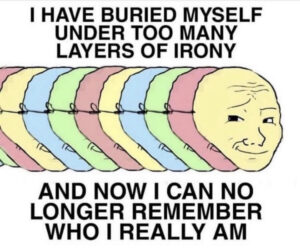


Mots-clés
Last news

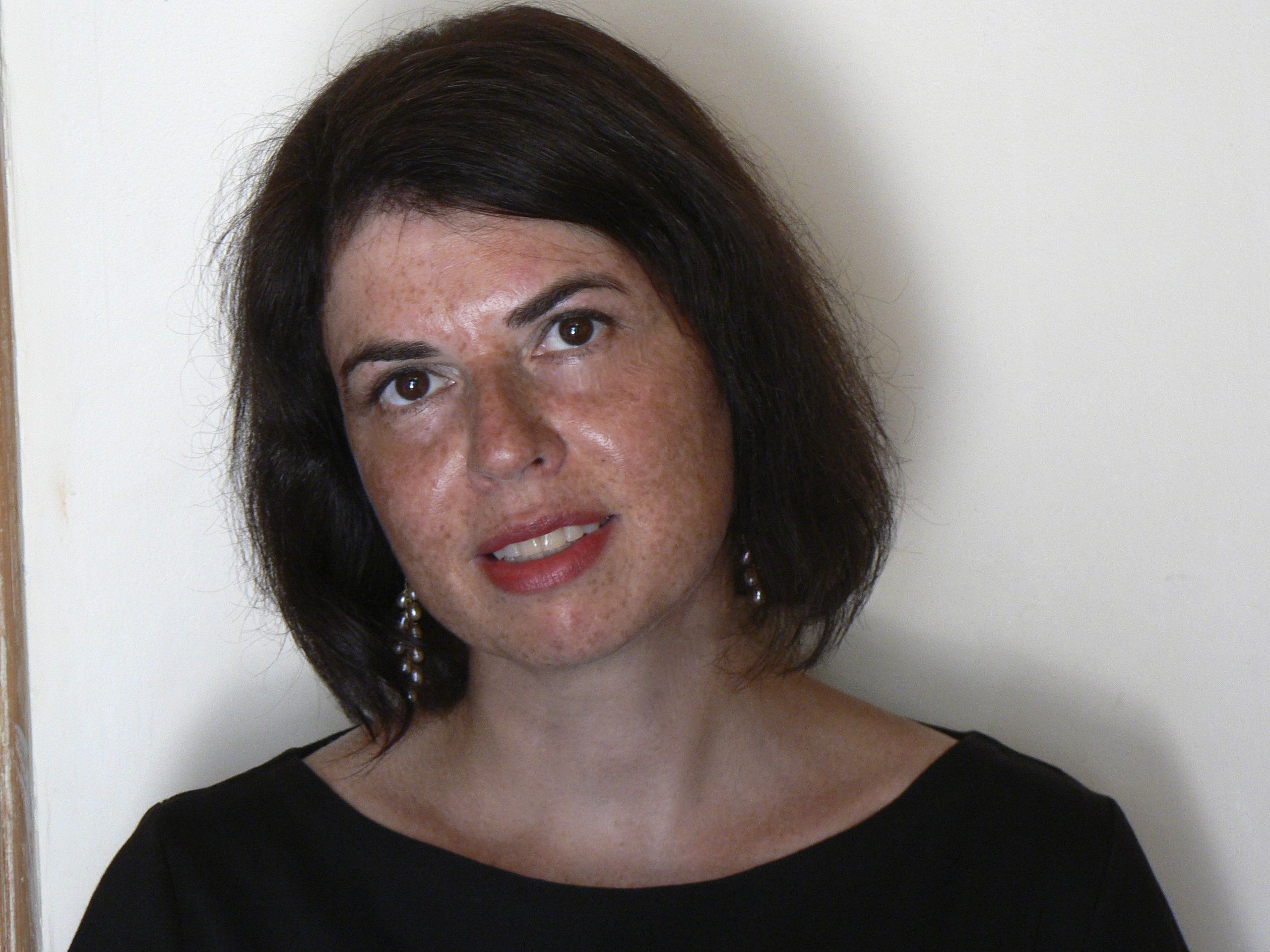
The conference No(u)s mèmes will take place on October 14, 2022 at the CNAM, Paris, Salle des textiles. Registration for the day and the workshops is recommended.
Contact: nousmemers@gmail.com
The program of the conference is available on this link.
Note
1 – A template, in the case of memes, is a recurring and easily identifiable visual and textual structure – most often a photograph, a diagram, an illustration or, more rarely, an image accompanied by text – that users can easily take over, modify and/or increase according to the context. We can also say that the template is a particular moment in the life of a meme where it has become so popular and generic that it becomes a model for creating other memes.

